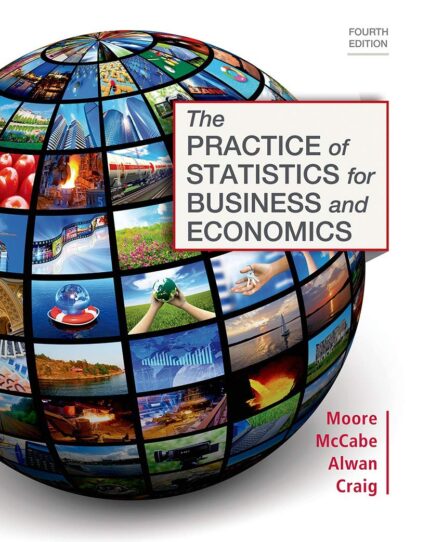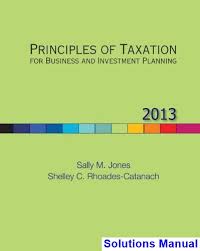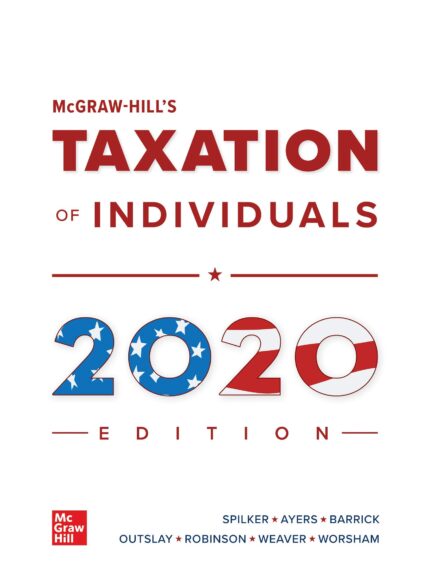Solution Manual for South Western Federal Taxation 2019 Individual Income Taxes 42nd Edition by Young
CHAPTER 1
AN INTRODUCTION TO TAXATION
AND UNDERSTANDING THE FEDERAL TAX LAW
LECTURE NOTES
OVERVIEW
The primary objective of this chapter is to provide an overview of the Federal tax system. Among
the topics discussed are the following:
• The importance and relevance of taxation.
• A brief history of the Federal income tax.
• The types of taxes imposed at the Federal, state, and local levels.
• Some highlights of tax law administration.
• Tax concepts that help explain the reasons for various tax provisions.
• The influence the Internal Revenue Service (IRS) and the courts have had in the evolution
of current tax law.
SUMMARY OF CHANGES IN THE CHAPTER
The following are notable changes in the chapter from the 2018 Edition. For major changes, see
the Preface of the text.
• Updated Exhibit 1.1 (Federal Tax Revenues) and Exhibit 1.4 (IRS Audit Types and
Rates) with current data.
• Revised text to reflect the Tax Cuts and Jobs Act (TCJA) of 2017 and revised various
inflation-adjusted information in the chapter.
• Identified critical thinking questions and problems.
• Added a new Research Problem to analyze a soda tax or sweetened beverage tax proposal
against the AICPA’s Principles of Good Tax Policy.
THE BIG PICTURE
The Big Picture discussion in Chapter 1 addresses several situations commonly encountered by
taxpayers that also create taxable income consequences. For example, students may not be
familiar with the concept that gift giving (even in families) creates tax consequences for the gift
giver or that working in another state subjects a taxpayer to tax in more than just his or her home
state.
While students may not yet have significant exposure to all the tax issues raised in the Big
Picture scenario, the exercise provides an opportunity to help students think about why tax
consequences might arise and how to go about expanding their knowledge of tax law. For
example, employing children in a family business raises questions about FICA withholding as
1-2 2019 Individual Income Taxes: Instructor’s Guide with Lecture Notes
© 2019 Cengage. May not be scanned, copied or duplicated, or posted to a publicly accessible website, in whole or in part.
well as what constitutes reasonable compensation. The student might make the link to FICA
withholding after reading the chapter. However, a quick search on the IRS’s web page results in a
page that provides information about tax consequences that arise when hiring family members
(http://www.irs.gov/Businesses/Small-Businesses-&-Self-Employed/Family-Help). The FICA
withholding discussion might lead to a discussion of incentives related to family members’
salaries which could nicely lead into a discussion of why the IRS might be interested in auditing
a family business/closely held business.
The scenario could also be integrated into a discussion of what is the “best” tax system,
especially because the Carters are currently employed while the Walkers are retirees. The
instructor could use this fact to address why differently situated taxpayers may have varying
preferences about what type of tax system is the “best” tax system.
APPROACHING THE STUDY OF TAXATION
What Is Taxation?
1. “Taxes are what we pay for civilized society.” – Oliver Wendell Holmes, Jr.
2. The primary purpose of taxation—to raise revenue for government operations.
3. Taxation is often used as a tool to influence the behavior of individuals and businesses.
a. Income tax credits are designed to encourage people to purchase a fuel-efficient
car.
b. A tobacco excise tax may discourage individuals from smoking.
Taxation in Our Lives
4. Individuals are affected most directly by taxes when they need to pay them.
a. Direct tax is paid to the government by the person who pays the tax (i.e., personal
income tax and property taxes).
b. Indirect tax includes things such as a state sales tax on the purchase of tangible
goods such as clothing. The tax is collected and remitted to the government by the
seller. The buyer is charged the tax along with the purchase price of the goods or
services or it may be embedded in the price charged.











